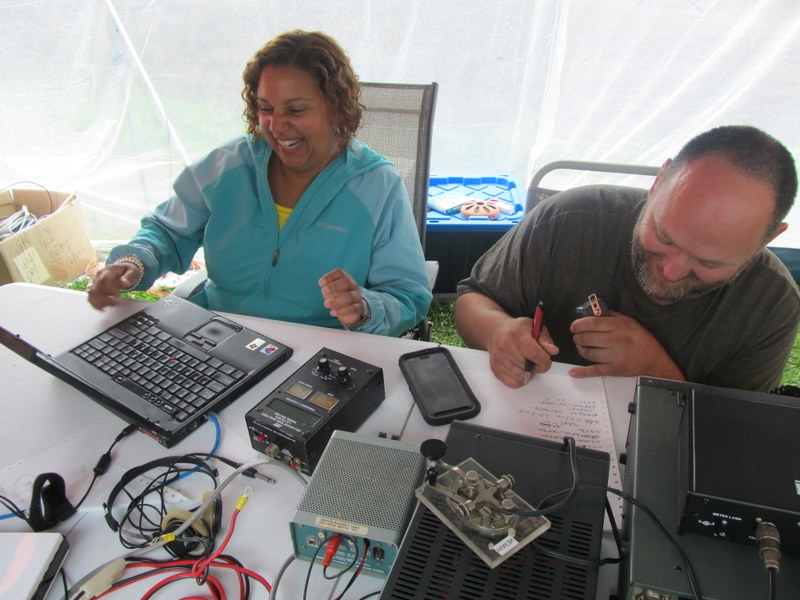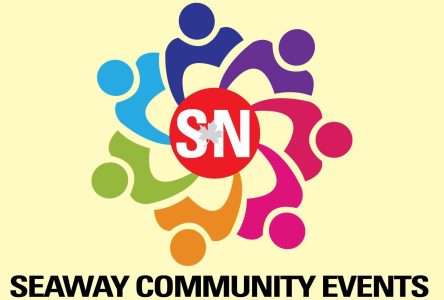CORNWALL, Ontario – The Cornwall Amateur Radio Club participated in the annual Field Day exercise at the St. Lawrence College on June 23-24. This exercise is held every year on the last weekend in June to test amateurs’ readiness to set up portable stations using emergency power such as a generator or solar/ battery powered stations.
The goal is to be prepared for natural or man-made disasters such as ice storms, floods or transportation accidents when cell phone circuits may fail. This exercise is a tradition that goes back to the early days of “ham” radio more than 100 years ago, and was stopped only during the two World Wars, when amateur radio communication was suspended by governments.
The club set up two stations using a generator and portable antennas strung up in trees or in a vertical configuration on the ground. The exercise continues through a 24 hour period and the goal is to contact as many stations as possible throughout North America or even the world, exchanging the station configuration (how many transmitters and what powers the radios, as well as location). Any mode of communication can be used. Most popular modes are SSB (single sideband voice) or CW (Morse Code). Recently digital modes are becoming popular as well because of their ability to recognize signals that may be very weak in the noise.
Art Horovitch, a member of the club says that, even though Morse code has been dropped by most military and government services, it is seeing a resurgence in the ham community, to try and preserve a historical aspect of our hobby. Typical speeds during the contest range from about 12 to 25 words per minute. It’s the same method that Marconi used when he started his transatlantic contacts more than 100 years ago. Satellite communication is popular as well, through a number of amateur radio satellites circling the earth.
The Field Day setup is open to any visitors who wish to see the stations in operation. A special visitor this year was city councillor Bernadette Clement. She was delighted to make her first radio contact with a ham in Pennsylvania under the guidance of Art Horovitch, VE3AIH and Chris Lauzon, VA3CRR. It should be noted that only government licensed hams can operate these stations. But visitors can also make contacts under the direction of a licensed ham. Anyone interested in learning more about how to obtain an amateur license and the many aspects of the hobby is invited to attend the next club meeting before the summer break on Wednesday, June 27 at 7 PM. The location is at The St. John Ambulance headquarters on Sydney street just north of Ninth Avenue past the Canadian Tire store. Use the “training entrance “ door.

